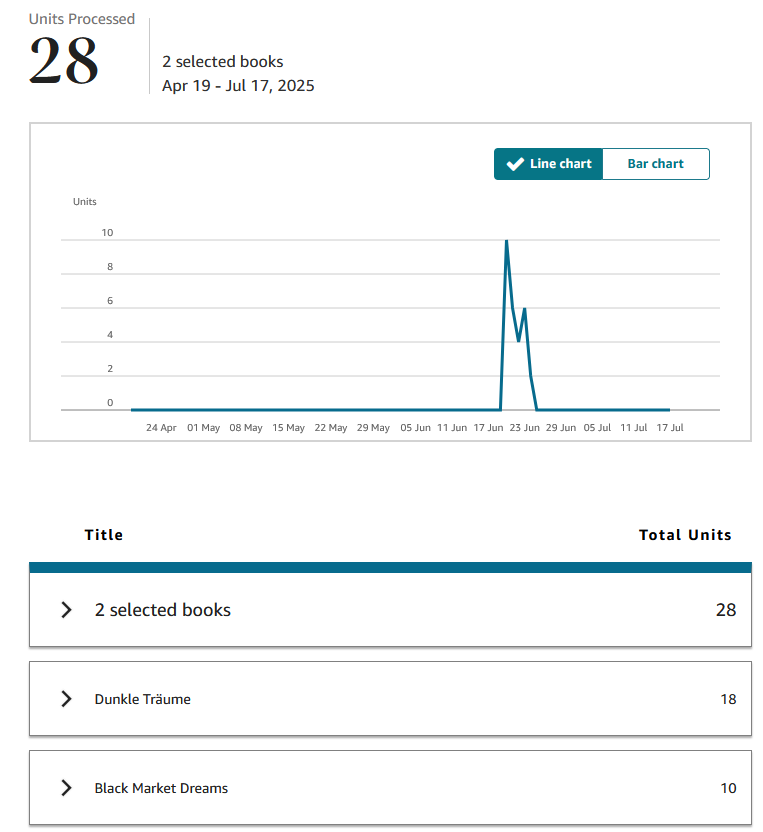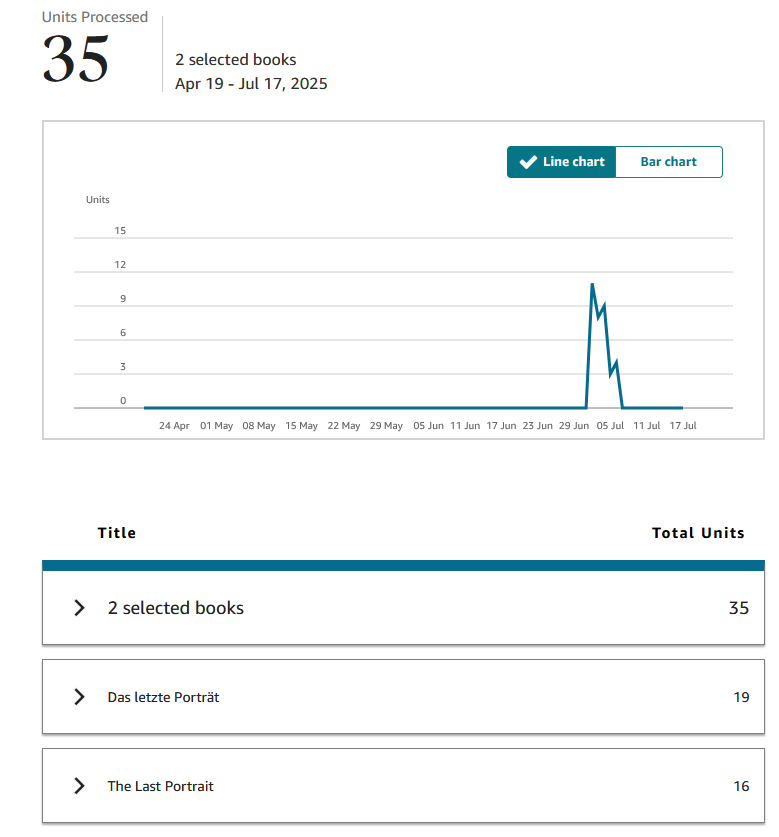To be honest, I often doubt whether my efforts to become a successful writer will actually lead to success. Every year, millions of people publish books—on Amazon alone. Millions more have a manuscript hidden in a drawer, waiting to see the light of day. It seems almost everyone believes they can write a book.
On social media, everyone wants to be famous. There are more than 100 million YouTube channels as I write these lines. Kids today dream first and foremost of being influencers and vloggers, flooding the market at an insane pace.
As if that weren’t enough, AI looms on the horizon—a fierce competitor for humans in nearly every creative field.
So what if I write 5,000 blog posts, publish 100 books, and send 100,000 tweets, yet never find an audience?
It’s possible. Maybe even likely.
The internet will change again in the future, and the next shift might render everything I do today irrelevant.
But that only matters if I measure success in terms of external rewards. Of course, I’d love to make a living as a writer, to have a million readers on my blog, and a loyal following on social media. But above all, I want to tell the stories in my head. I believe they’re unique—dare I say, even good. Having others read (and buy) them would be fantastic, but the deeper reward lies in simply getting them out of my head and onto the page. That alone makes the work worth doing.
Ten years from now, I hope I’ll be able to say I’m a successful author. But I can’t count on it. Yet I can count on being able to say my stories and ideas are out there, waiting for anyone who wants to discover them.
So I’ll keep building—no matter how many people come…



